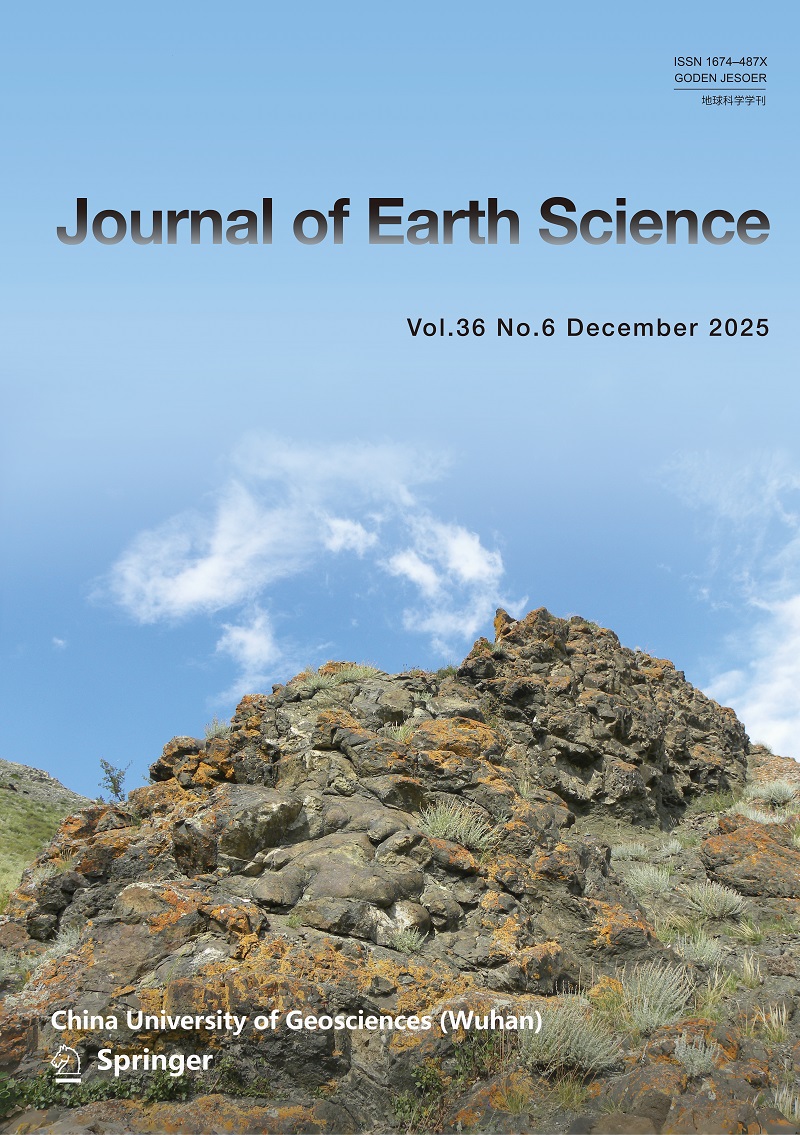The boundary between cratonic and orogenic lithospheres is a significant seismogenic zones marked by intense lithospheric deformation. The Sichuan Craton (SCC), as a key tectonic block bordering eastern Tibetan Plateau, resists the eastward escape of plateau's crustal materials, resulting in the uplift of the Songpan-Ganzi Block (SGB) and crustal deformation of the Longmenshan tectonic belt (LMTB). To elucidate the compressional structures and deformational modes of the LMTB and SCC, it is essential to accurately determine the location and geometry of the SCC' western boundary. To investigate this issue, the lithospheric properties of the obducted SGB, underthrusting SCC, and LMTB were analyzed using various geophysical data, including seismic reflection profiles, magnetotellurics, aeromagnetics, gravity, and seismic tomography. The SGB crust is characterized by low magnetism, seismic velocity, resistivity and Bouguer gravity, whereas the SCC crust exhibits non-uniform high magnetism, seismic velocity, resistivity and Bouguer gravity. The LMTB, as the boundary between the SGB and SCC, exhibits geophysical characteristics similar to those of the SCC in the southern and central segments. The integration of these geophysical observations indicate that the SCC's western boundary is situated west of the Wenchuan-Maoxian fault zone in the southern and central segments, exhibiting distinct westward wedging and underthrusting. However, this boundary aligns with the Yingxiu-Beichuan fault in the northern segment, without significant underthrusting. The irregular geometry of the SCC's western boundary further elucidates the variation in structural deformation along the LMTB. By comparing crustal thickness and lithospheric strength between the SGB and SCC, this study posits that the differing crustal strength between tectonic blocks may control the irregular geometry of the SCC's western boundary.











